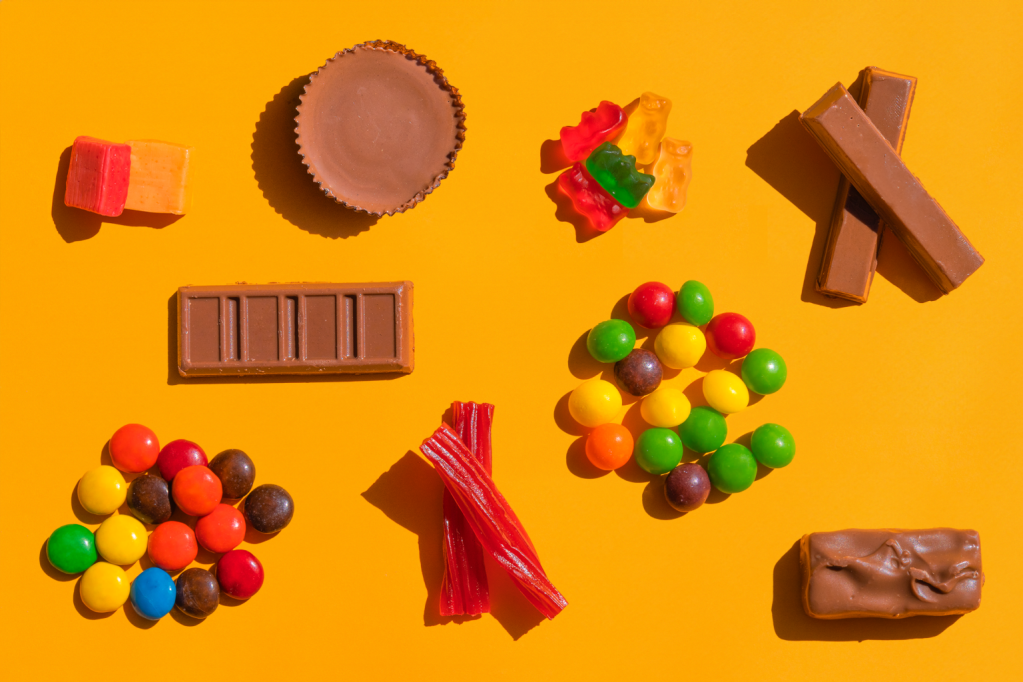Understanding Postpartum Body Changes:
Weight gain during pregnancy is a natural part of the process, and some women may feel freer and more accepting of their bodies during this time. However, those in larger bodies might face pressure from healthcare providers to avoid gaining weight, leading to complicated feelings surrounding body image. After giving birth, women also encounter societal pressure to “bounce back” to their pre-pregnancy weight, which can contribute to negative body image, low self-esteem, and mental health issues.

Coping Strategies:
1. Challenge societal messages: Recognize that the ideal body image is a social construct, and comparing yourself to others can be detrimental to your well-being. Curate your social media feed by unfollowing accounts that contribute to negative body image and focus on promoting body positivity.
2. Set realistic expectations: Postpartum recovery takes time, and your body may take time to return to something you recognize as your own. Allow yourself the space to heal and embrace the changes that come with motherhood.
3. Address diastasis recti: Diastasis recti is a seperation of your left and right belly muscles. is common in women who are over 35, deliver a high birth weight baby, or have a multiple pregnancy. It’s usually most noticeable right after delivery. There may be a bulge in the middle of the belly. It might also be noticeable only when the abdominal muscles are tense, such as during coughing. If you believe you are experiencing diastasis recti, seek guidance from your OB or a physical therapist for exercises that can help.
4. Find ways to feel good in your new body: Wear clothes that fit comfortably and help you feel confident. Appreciate your body’s ability to nurture and care for your baby.
5. Trust your body: Instead of following strict diets or external cues, learn to respond to your body’s natural signals of hunger and fullness without guilt or shame. Respect your body’s needs and give yourself permission to eat as required.
6. Remember your worth is not defined by your body: Embrace the changes that come with motherhood and recognize that you are more than just your physical appearance. Embrace your body’s ability to adapt during pregnancy and postpartum.

Postpartum body image struggles are common, but with self-compassion, realistic expectations, and support, you can embrace and appreciate your new body. Remember that every individual’s journey is unique, and healing may take time, but it is a valuable and empowering process. Embrace your postpartum body as a testament to the incredible journey of motherhood.
Your body is amazing, just look at what it created!











